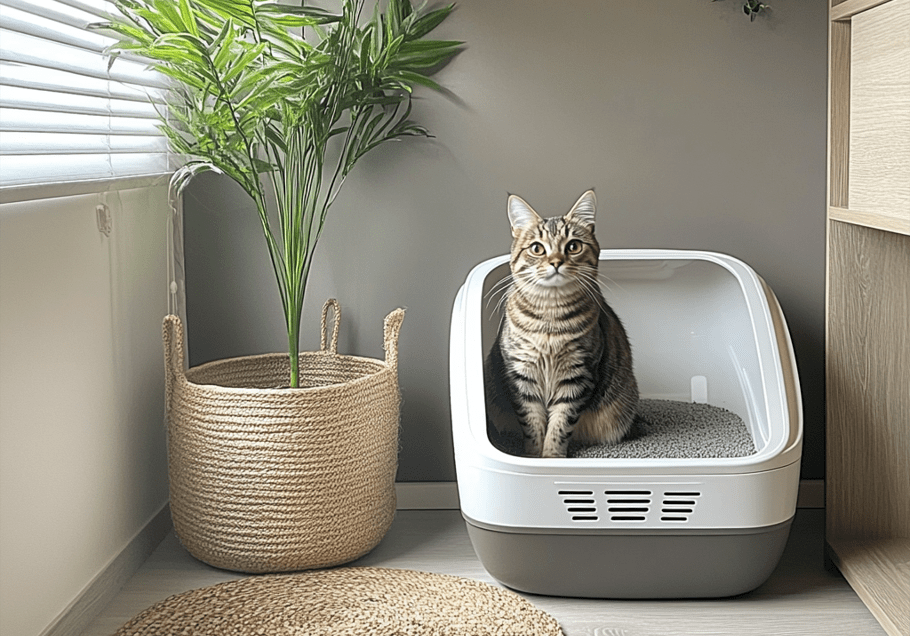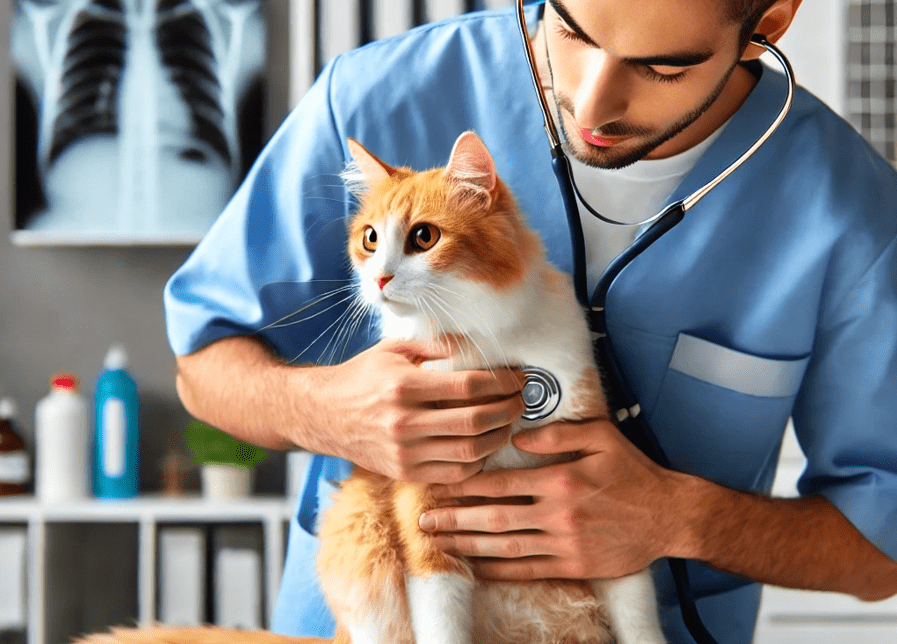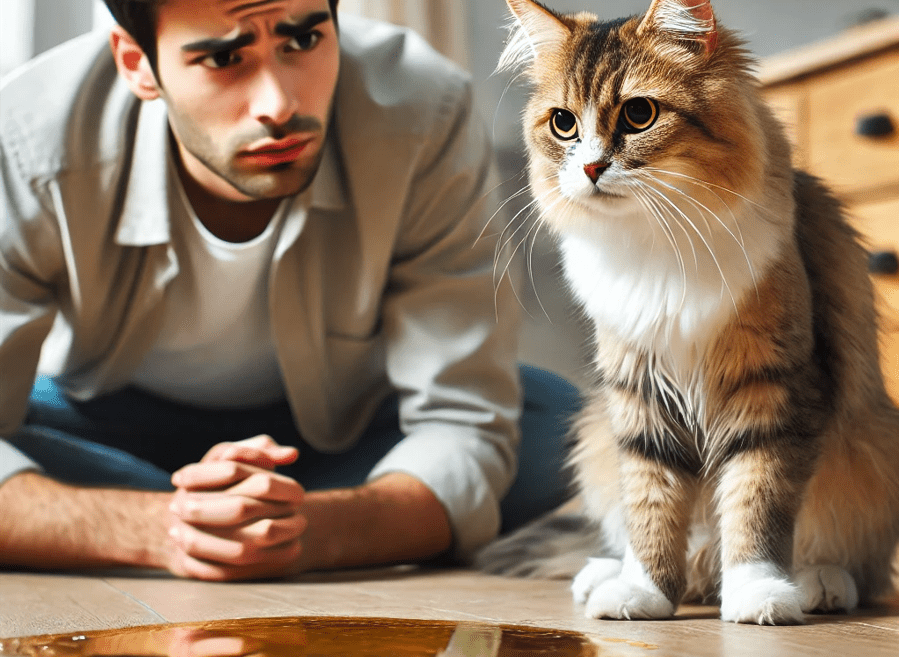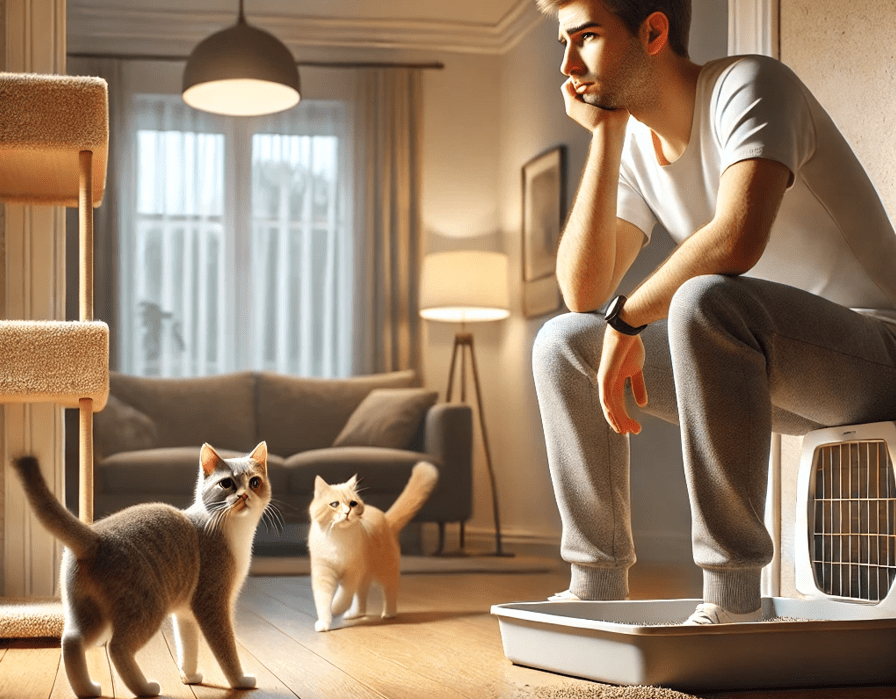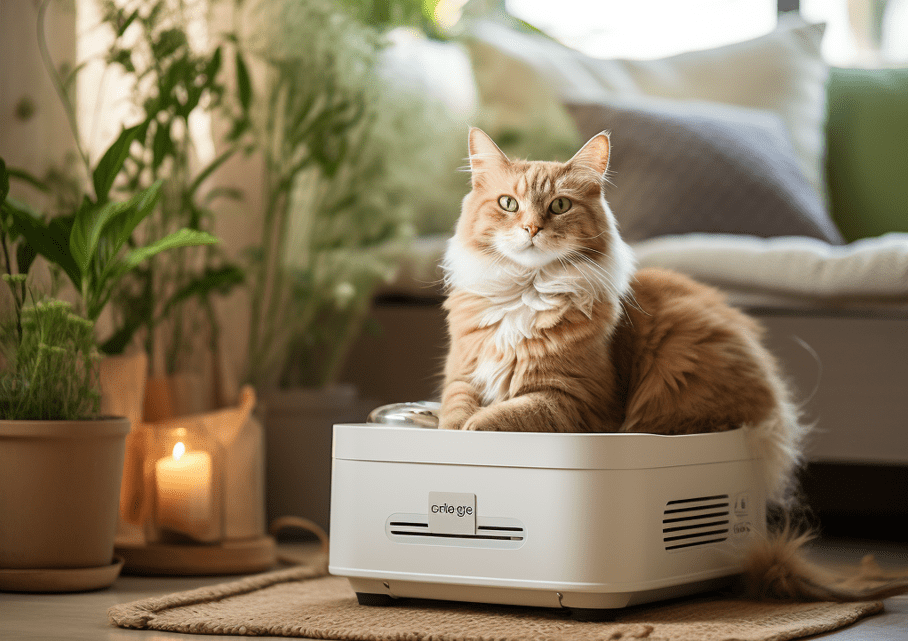
Cat owners understand the pleasure of snuggling, purring and playful moments with their feline companions. But those pleasures come with the less glamorous obligation of dealing with kitty litter. Disposing of cat litter properly isn’t just one more thing on your to-do list. It’s an essential duty that concerns the cleanliness of your home, your cat’s health and the planet. Read more to find the most sustainable way eco-friendly cat litter disposal to get rid of cat litter while making sure you keep a clean house and happy feline friend.
Whether this is your first cat or you’ve had cat companions in your home for years, taking the proper techniques in how to dispose of cat litter can reduce odors, keep your living space clean and help you practice eco-friendly habits. This guide will help you explore some practical and sustainable ways to dispose of your cat litter, ensuring that your decisions are not only effective but eco-friendly as well. With these tips, you can contribute to a healthier planet and a fresher home for the both of you.
How to Dispose of Cat Litter in an Eco-Friendly Way
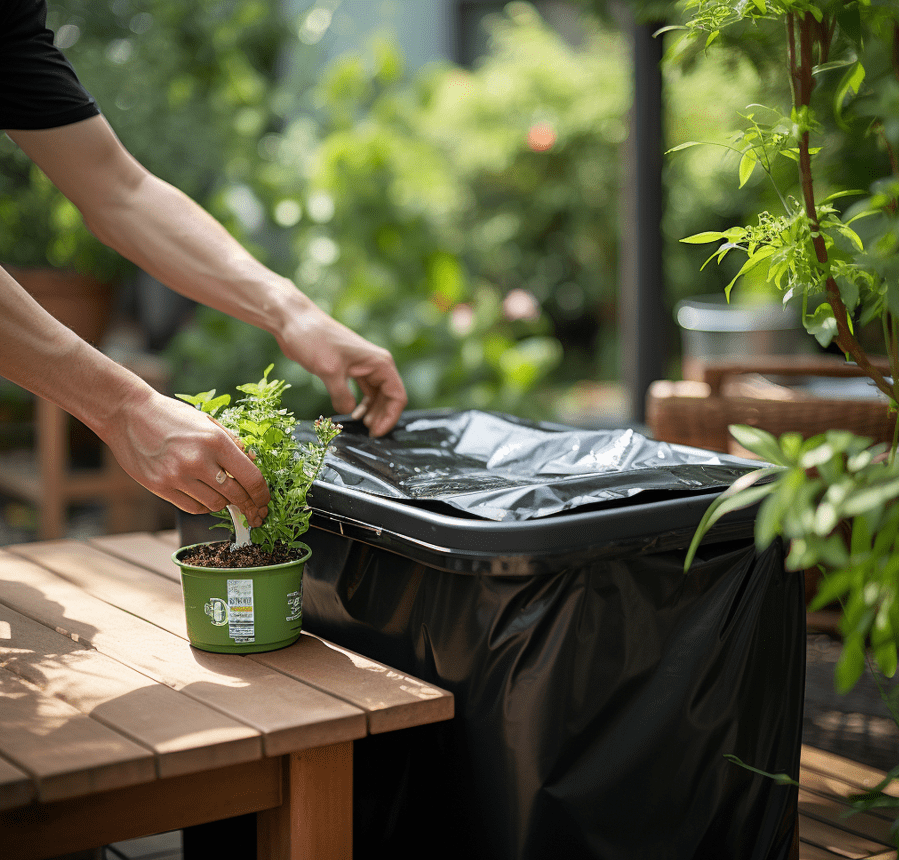
The most common method of disposal for pet owners is throwing cat litter in their trash and it is very easy to handle. To ensure this practice is practical and environmentally friendly, however, there are guidelines to follow. Correct disposal ensures hygiene, prevents foul odour and mitigates ecological effects.
So if you’re throwing out cat litter in the trash, just always use a heavy duty leak-proof bag. Whenever possible, use biodegradable bags. They’re more sustainable option that can be helping to reduce plastic pollution. Don’t forget to wrap it shut well, so it holds together (the number one tip for preventing messes and smells!).
For more odor control, clean the litter box each day. Scooping on a regular basis not only will keep your home smelling pleasant, it also makes for healthier and more pleasant surroundings for your cat. After you scoop, immediately put used litter in a trash bag, and dispose of in outdoor trash with a secure lid. Doing this helps to contain the odors and to keep pests from being attracted to the waste.
Also make sure you still clean and empty the outdoor trash container the litter is thrown into. This helps with odor control, prevents pests from being attracted to your disposal area, and keeps your disposal area clean and tidy. So with these steps you can keep this simple disposal method as effective, eco-friendly and easy as it’s ever been.
Using the following practices is the easiest way to maintain a fresh-smelling home while keeping your feline friend happy!
How to Create Eco-Friendly Cat Litter Compost
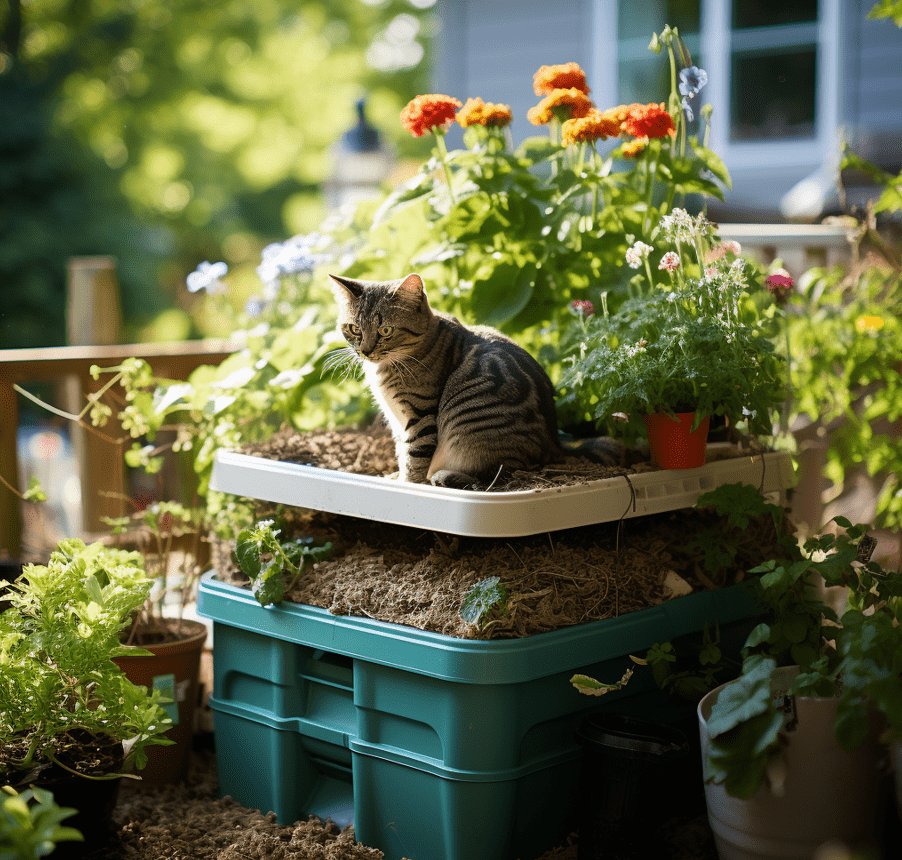
Composting cat litter is an environmentally conscious method of recycling waste into a raw material that will be helpful, especially to gardeners who wish to feed their non-edible plants. But this approach involves some pondering about what kind of litter you want to use, as well as monitoring to make sure you can reduce any associated health risks.
Use biodegradable cat litter. They decompose naturally so recycling paper, wood, corn or wheat-based litters are good options for compost. Clay- and silica gel-based litters should be avoided, as they do not break down enough to compost. You also want to consider absorbency and whether the litter fits in with your existing composting routine, if you have one, when selecting a compostable litter.
So you need to be careful when composting with cat litter to avoid pathogens spreading. The faeces of cats are potentially infectious and contain pathogenic bacteria and parasites such as Toxoplasma gondii that can threaten human and animal health. Composted cat litter can also only be used as a soil amendment for non-human food plants, thus removing any chance of human contamination. It cannot exceed and hold high temperatures, preferably between 130-170°F to kill pathogenic organisms. Getting this right is necessary to create the right balance of moisture, aeration and carbon-nitrogen levels for hot thermophilic composting to work.
To reduce odors and discourage pests or wildlife, the compost bin should be located away from doors, windows, or areas with a lot of foot traffic. An airtight compost bin can keep materials sealed while they decompose.
Composting cat litter can be a sustainable and practical solution for gardeners as long as you take the necessary precautions.
The Correct Way to Dispose of Cat Litter: Key considerations
As a pet parent, particularly if you are looking for ways to quickly and conveniently dispose of your cat waste, flushing cat litter may appear to be the ideal solution to the question. But there are some serious concerns regarding plumbing and environmental impact, as well.

First, only certain kinds of cat litter can be flushed. Usually these are more lightweight and water-soluble varieties that are manufactured from such materials as corn and wheat, and designed to break down quickly in water so as not to block pipes. Flushing cat feces, even with flushable litter, can also pose a risk to local water treatment plants. One of the major concerns is pathogens such as Toxoplasma gondii, which are found in cat feces. The parasite survives water treatment processes and essential health threats to both humans and wildlife.
Furthermore, the environmental impact of cat litter disposal is even more broader than households. Pathogens found in cat waste make their way into water systems and ultimately influence regional ecosystems, harming aquatic ecosystems as well as the quality of drinking water. These effects stress the need for more responsible waste disposal practices that prioritize the health of our ecosystem.
How to Recycle Biodegradable Cat Litter
Fortunately, if you use biodegradable cat litter (as you should), it is possible to recycle it. So, basically, you can use your used biodegradable litter in ways that are eco-friendly instead of throwing it in the landfills.
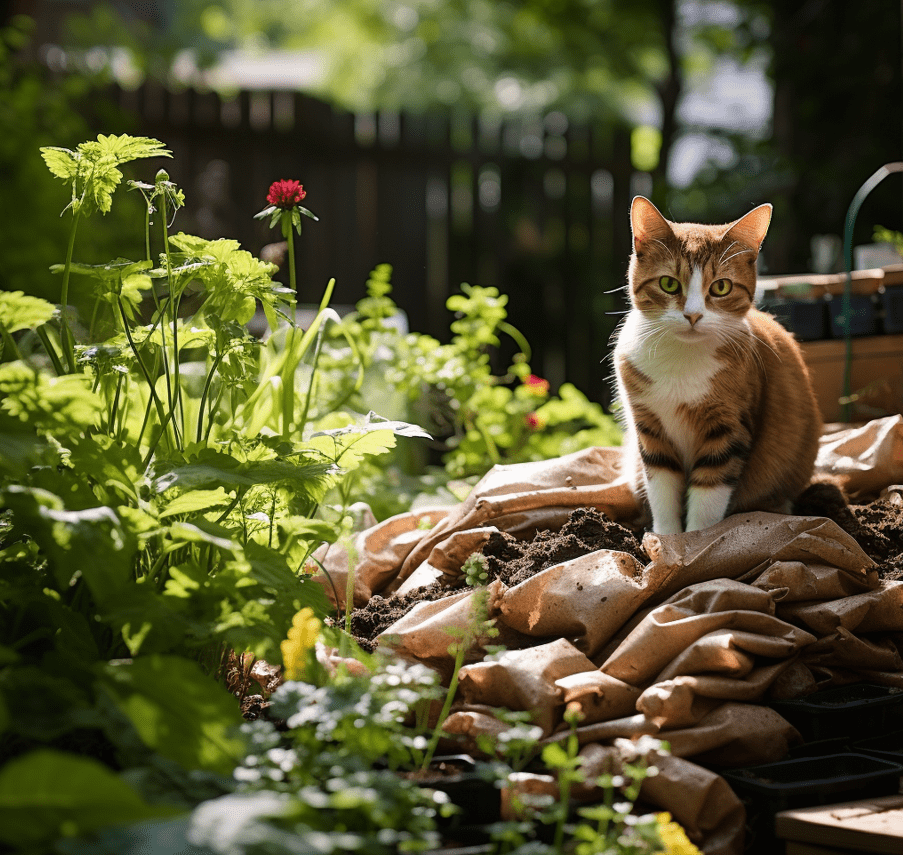
They can be reused after their primary purpose and include biodegradable litters made from corn, wheat, paper, or wood. One good option is to send them to special pet waste industrial composting facilities. These facilities are equipped to safely contain the breakdown process and prevent the spread of dangerous pathogens. Using such programs helps cat owners to ensure that their pet’s waste is contributed positively to the ecological health.
For those who can’t access industrial composting, a second option is to use biodegradable litter as mulch in non-edible gardens. That can help control weeds, hold in soil moisture, and improve soil quality as the organic material breaks down. However, its use is only advised in areas not used for edible crops and only when it has been ascertained that no fecal matter has been mixed in, to avoid health risks.
If you implement these practices, cat owners can reduce their environmental footprint while practicing responsible pet ownership and sustainability.

